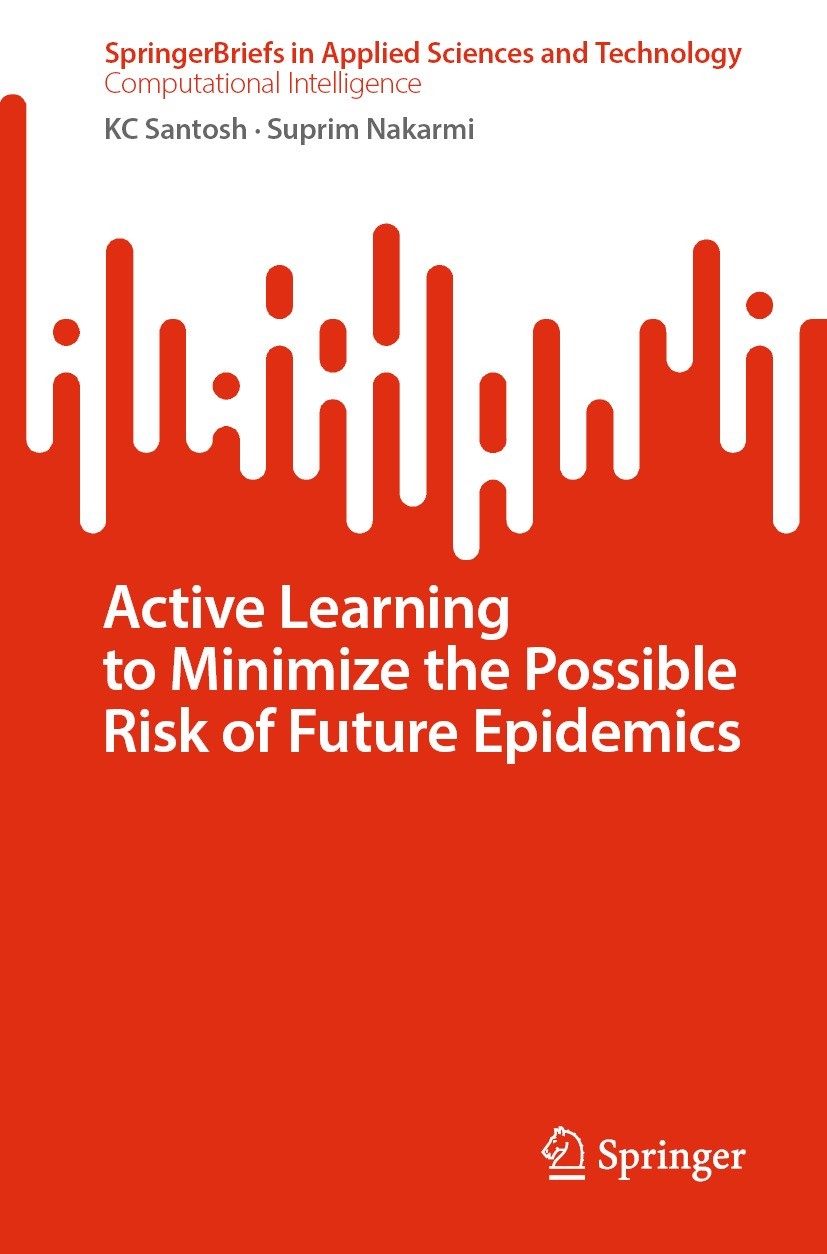| 期刊全称 | Active Learning to Minimize the Possible Risk of Future Epidemics | | 影响因子2023 | KC Santosh,Suprim Nakarmi | | 视频video | http://file.papertrans.cn/145/144225/144225.mp4 | | 发行地址 | Explores an active learning framework aimed at mitigating potential risks associated with future epidemics.Utilizes three distinct datasets in the research to assess the active learning framework.Help | | 学科分类 | SpringerBriefs in Applied Sciences and Technology | | 图书封面 |  | | 影响因子 | .Future epidemics are inevitable, and it takes months and even years to collect fully annotated data. The sheer magnitude of data required for machine learning algorithms, spanning both shallow and deep structures, raises a fundamental question: how big data is big enough to effectively tackle future epidemics? In this context, active learning, often referred to as human or expert-in-the-loop learning, becomes imperative, enabling machines to commence learning from day one with minimal labeled data. In unsupervised learning, the focus shifts toward constructing advanced machine learning models like deep structured networks that autonomously learn over time, with human or expert intervention only when errors occur and for limited data—a process we term mentoring. In the context of Covid-19, this book explores the use of deep features to classify data into two clusters (0/1: Covid-19/non-Covid-19) across three distinct datasets: cough sound, Computed Tomography (CT) scan, and chest x-ray (CXR). Not to be confused, our primary objective is to provide a strong assertion on how active learning could potentially be used to predict disease from any upcoming epidemics. Upon request (educat | | Pindex | Book 2023 |
The information of publication is updating

|
|
 |Archiver|手机版|小黑屋|
派博传思国际
( 京公网安备110108008328)
GMT+8, 2025-11-15 10:14
|Archiver|手机版|小黑屋|
派博传思国际
( 京公网安备110108008328)
GMT+8, 2025-11-15 10:14


